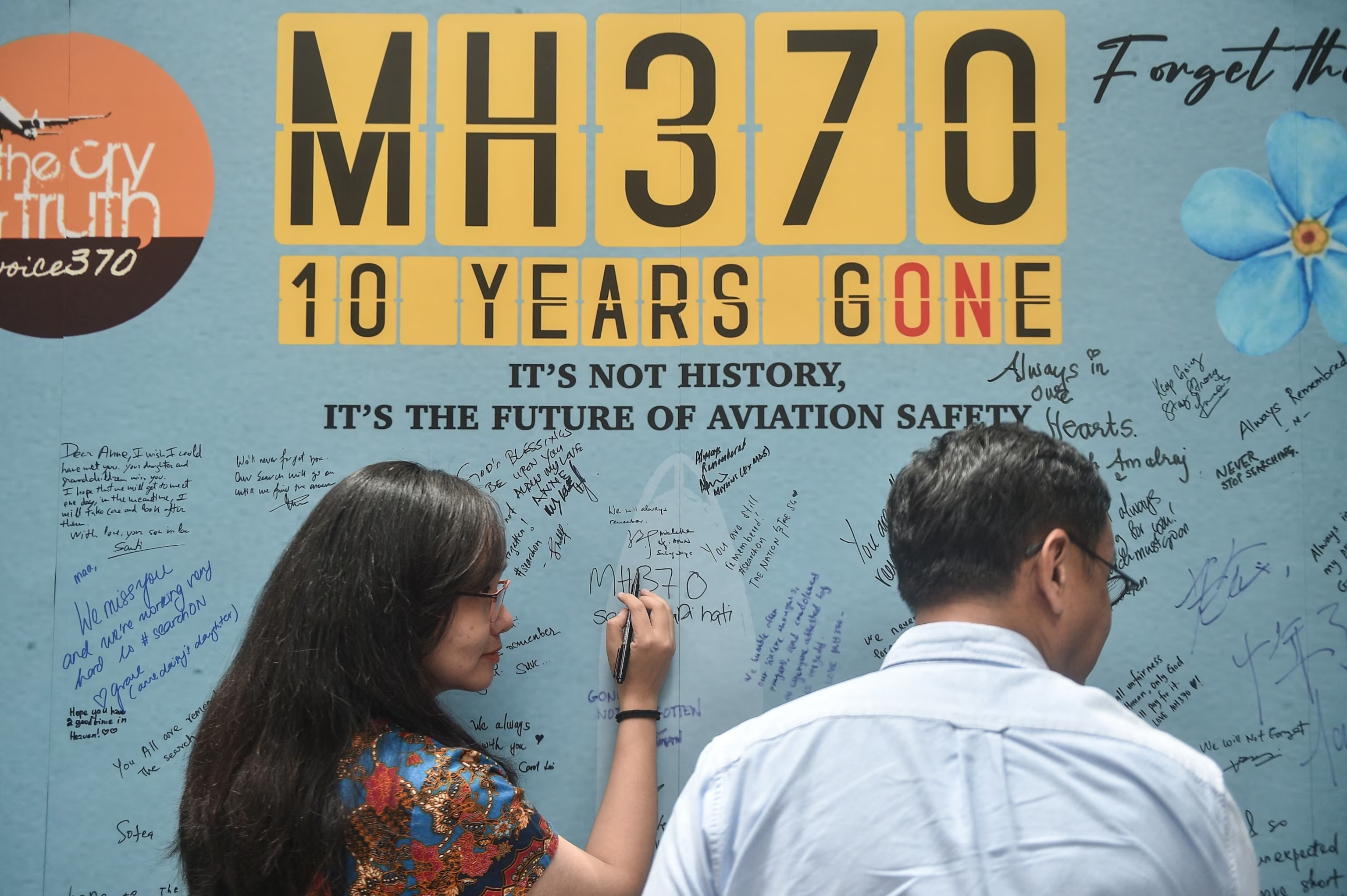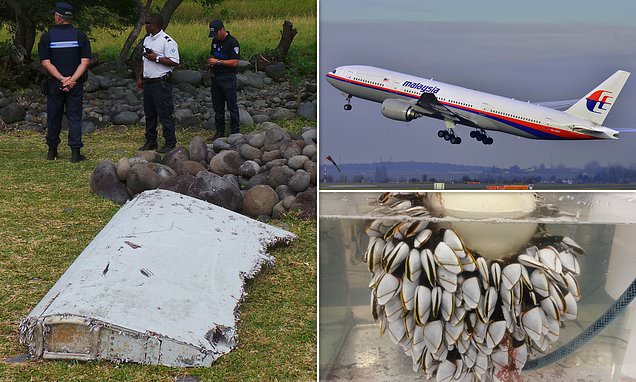A new search for the missing Malaysia Airlines Flight MH370 is about to commence, with marine robotics company Ocean Infinity leading the expedition.
This could finally bring an end to one of the world’s greatest aviation mysteries, which has been ongoing for over 10 years.
The Disappearance of MH370: A Brief History
On March 8, 2014, Malaysia Airlines Flight MH370 disappeared while flying from Kuala Lumpur to Beijing, carrying 239 passengers and crew, including six Australians.
The initial search focused on the South China Sea and Andaman Sea, but later expanded to the Indian Ocean southwest of Australia and Southeast Asia, western China, the Indian subcontinent, and Central Asia.

A Decade of Searching: What We Know So Far
The search has been ongoing for years, with several discoveries of debris, including pieces found on beaches in Tanzania, Mozambique, South Africa, Madagascar, and Mauritius.
While some of these pieces were confirmed to be from MH370, others were thought to have “likely” come from the aircraft.
In 2017, the governments of Malaysia, Australia, and China called off the search, but a year later, Malaysia commissioned a second underwater search by Ocean Infinity, which concluded in May 2018.
The New Search: What’s Different This Time?
Ocean Infinity’s vessel, Armada, is currently moving towards the designated search zone, approximately 1,500 kilometers west of Perth in the Indian Ocean.
This new search area is around 15,000 square kilometers and has been determined by three research groups. The search is expected to commence this month, although no official start date has been announced.
Experts Weigh In: This Could Be the Breakthrough We’ve Been Waiting For
Aviation expert Geoff Thomas believes this new search could finally bring closure to the families of those who lost loved ones on board. “It’s massive that the search is starting again to bring closure to the loved ones left behind,” he said.
US marine robotics company Ocean Infinity is using a new revolutionary tracking system developed by UK aerospace engineer Richard Godfrey, which has given experts hope that this search will be successful.
The Technology Behind the Search
The new search will utilize advanced technology, including amateur radio waves, to locate the crash site.
American debris hunter Blaine Gibson is optimistic about the search, saying, “We have both old and new credible evidence and analysis pointing to the location of the crash site, better search technology, and the results of past searches.”
With this new search, experts are hopeful that we will finally find the answers to one of the world’s greatest aviation mysteries.

